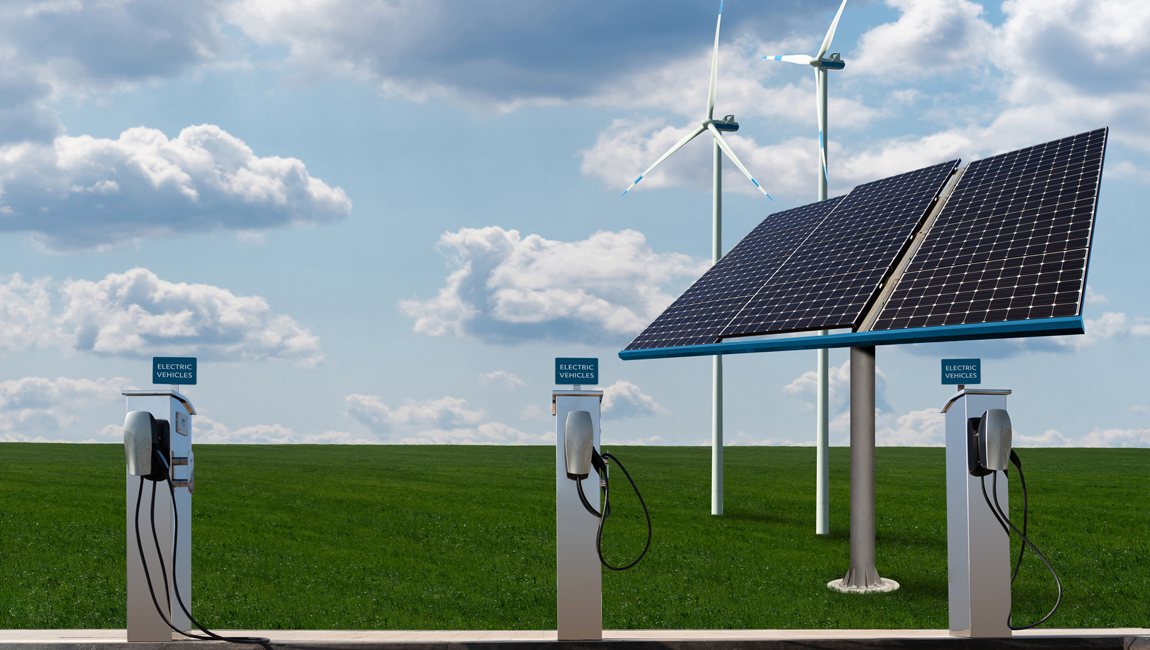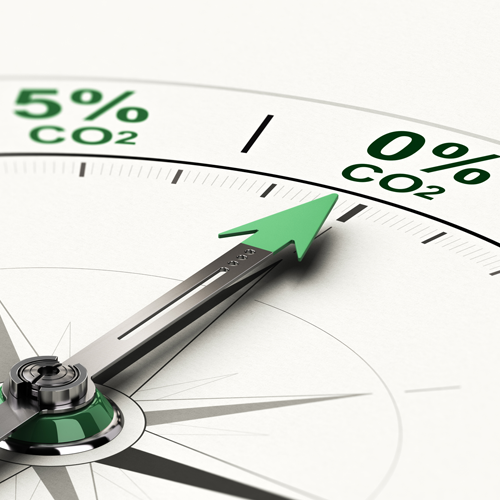Decarbonization: what it is and why we need it

Research and technology body The Welding Institute (TWI Global) defines decarbonization as “the reduction of carbon dioxide emissions through the use of low carbon power sources, achieving a lower output of greenhouse gasses into the atmosphere.” But understanding the meaning of decarbonization in practical terms requires some background on how the need for it arose in the first place: over-reliance on fossil fuels.
Fossil fuels like oil, gas and coal have powered most facets of modern life and work since the onset of the industrial age. Reducing global dependence on fossil fuels is crucial to developing a decarbonized economy and society. But decarbonization is not just about reduction, it’s also about augmentation: specifically, increasing the prevalence of low-carbon energy sources.
Moving toward no carbon emissions
Decarbonization is a key component of the Paris Climate Agreement, the international treaty envisaging a climate-neutral society by 2050. (More than 150 governments also have decarbonization targets in place for 2030). The goal of decarbonization—along with other pillars of the agreement—has garnered support from political leaders and public thinkers as well as major actors in key sectors. Certain industries have historically higher CO2 emissions than others: transport, for example, accounts for an estimated 14% of global CO2 emissions (but is surpassed by Agriculture, forestry and land use, responsible for 24%). Internationally, most transport runs on carbon-based fuels like diesel and petroleum, but demand for electric power is increasing.
That growing demand is a positive trend: continuing to take aim at the damage-inflicting forces specific to each industry will be crucial in the move toward no carbon emissions. This will be accomplished through local commitments as well as those that are more national or international in scope. The entirety of Britain has pledged to ban new diesel vehicles by 2040, for example, while on a more local level, London plans to introduce electric and electric hybrid buses and black cabs. The EU’s Green Deal aims to make Europe the world’s first carbon-neutral continent by 2050.
The call to move toward net zero emission targets is an urgent one. It requires substituting traditional and highly polluting energy sources with renewables such as solar, wind and biomass. The transport sector, too, can lower its emissions by focusing on expanding the use of electric vehicles rather than diesel or petroleum-fueled automobiles. Industries, researchers and policymakers must band together, and key players in the titanic oil and utilities industries must fundamentally rethink their business models.
Why we need decarbonization
Rapid and focused decarbonization is essential to the future of our planet. The increase in energy efficiency will have many positive consequences in the short and long term, including bettering air quality and temperatures worldwide.
Over the long haul, the main objective of decarbonization is the creation of a CO2-free global economy.
Building the decarbonized economy
Decarbonization is not just about reducing the harm of existing systems, but recreating them from the root. Supply chains and production processes are central to this. Manufacturers in high-carbon emission industries like transport, for example, can make a difference by committing to closely monitor the life cycles of their vehicles, from raw material stage to their post-road recycling. Key players in the sector, in fact, have begun transitioning to a brand future of climate-neutral vehicles. But this will involve diligent attention at all stages of production and use.
Additionally, as the world shifts more toward mainstream reliance on renewables and low-carbon sources, in the investment world, the problem of stranded assets is becoming clear. These are assets like coal and oil reserves that have become prematurely devalued, as they likely cannot ever be used if key international targets are to be met.
Rather than simply divesting in fossil fuel companies, sustainability-minded investors can adjust to the changing realities and help back a decarbonized future through strategic avenues like impact investing.
One example of this in practice is underweighting the industry groups that have the most significant carbon footprints globally—namely, energy, materials, transport and utilities.
All these threads intertwine in working toward a shared global goal: meeting the objectives outlined in the Paris Climate Agreement, which will help aid in creating a better, carbon-neutral future for the generations to come.






